Air Operations, CBI
BURMA
- 3 10th Air Force B-25s attack Indaw after diverting from Bhamo because of bad weather.
- 10th Air Force P-47s attack Indaw, rail facilities, and Japanese Army ground troops.
CHINA
- 27 341st Medium Bomb Group B-25s attack Chuanhsien, Kiyang, and Lingling.
- 14th Air Force P-51s and P-40s mount more than 100 effective sorties against the same targets as well as Changsha and Yiyang.
[  | |   ] ]
Air Operations, East Indies - Despite bad weather, FEAF B-24s attack northeastern Celebes and the airfield at Djailolo.
- FEAF B-24s and B-25s, and V Fighter Command fighter-bombers, attack airfields on Ceram, Amboina, and Boeroe, and various targets of opportunity.
- 380th Heavy Bomb Group B-24s attack Lautem, Timor.
- During the night, FEAF B-24s attack the Menado and Sidate airfields on Celebes.
[  | |   ] ]
Air Operations, Europe
RAF BOMBER COMMAND
Daylight Ops:
- 646 aircraft attack German positions around Calais. In the aircraft total are 437 Lancasters, 169 Halifaxes and 40 Mosquitos. Visibility is good and the bombing is accurate and concentrates.
Minor Ops:
- 5 Hudsons and 2 Lysanders are on Resistance operations and there are 7 RCM sorties.
Evening Ops:
- 2 Mosquitos and 1 Fortress of No. 100 Group take off, but are quickly recalled because of widespreag fog in England which prevents any major operation from being mounted.
US 8th AIR FORCE
NETHERLANDS:
- 644 VIII Fighter Command patrol sorties are mounted over the MARKET-GARDEN battle area.
- 5 fighters are lost to Luftwaffe flak batteries
US 9th AIR FORCE
GERMANY:
- To delay German Army reinforcements on their way to Aachen, approximately 40 9th Bomb Division B-26s attack defensive positions at Herbach and a marshalling yard at Trier.
US 15th AIR FORCE
CZECHOSLOVAKIA:
- 15th Air Force B-24s attack oil-industry targets at Bratislava and the Malacky Airdrome.
HUNGARY:
- 15th Air Force B-17s and B-24s attack rail bridges at Budapest, a marshalling yard and aircraft-industry targets at Gyor, marshalling yards at Hatvan, and a rail bridge at Szob.
[  | |   ] ]
Air Operations, New Guinea V Fighter Command fighter-bombers attack the airfields at Moemi and Ransiki and a supply dump on the Orai River.
[  | |   ] ]
Eastern Front
GERMAN COMMAND
With its armies already fighting in the eastern provinces, the Hungarians are presented with a German ultimatum. Unless they accept integration of their forces in the German chain of command they will be disarmed and Germany will seize control of the state. Horthy has little option but to comply.
The Germans form the Volkssturm, a collection of battalion-sized units made up from men and boys between the ages of 16 and 60. The first draft calls 1,200,000 up for service. The new units are given the most basic training and sent to fight the experienced Allied and Soviet soldiers.
[  | |   ] ]
Italy The 4th Indian Div, the advance of British V Corps, 8th Army, enters the Republic of San Marino.
[  | |   ] ]
Palaus On Angaur the main Japanese forces have been wiped out, but a few units will hold out for some time in the northwest of the island in a wide depression near Lake Salome.
[  | |   ] ]
Western Front In Operation MARKET GARDEN, the 505th Parachute Infantry Regiment attacks through Nijmegen to capture the south end of the bridge. The 504th Parachute Infantry Regiment, with a company of the 307th Engineers, crosses the Waal River, using British assault boats in full view of the enemy. The assault troops suffer heavy casualties, but at the end of the day the paratroopers secure the are and open the bridge to British tanks.
In other attacks Polish troops of Canadian 1st Army make gains along the Scheldt estuary and US 3rd Army takes Châtel and Lunèville.
[  | |   ] ]
Images from September 20, 1944
British Troops Crossing the Waal
|
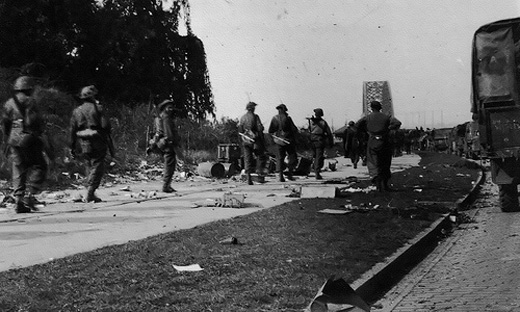 |
|
British Tanks Crossing the Nijmegen Bridge
|
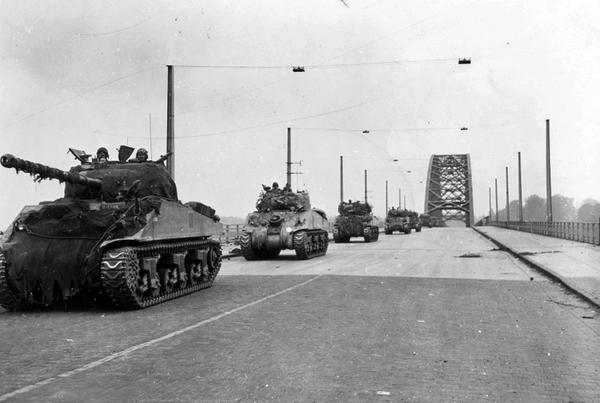 |
|
Surrey Bomb Damage
|
 |
|
Advancing Toward Nijmegen
|
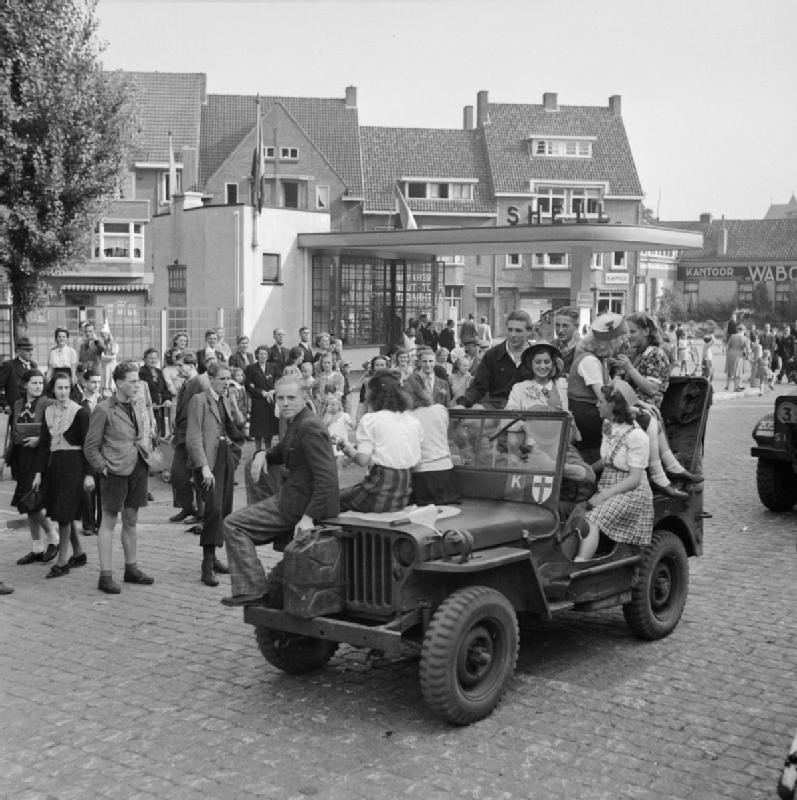 |
|
Cromwell Tanks Driving Toward Nijmegen
|
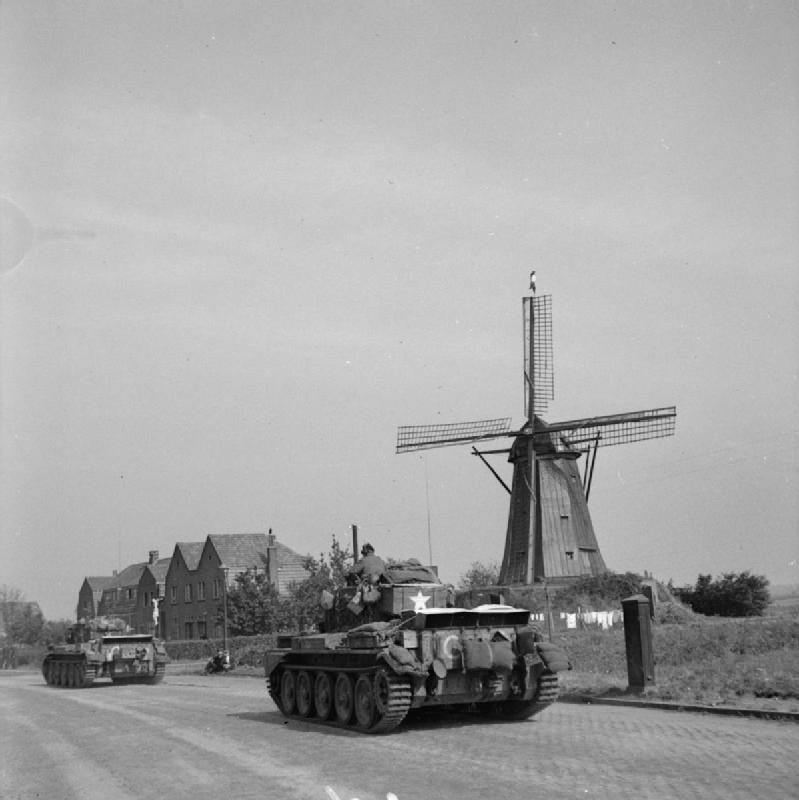 |
|
The Bridge at Nijmegen
|
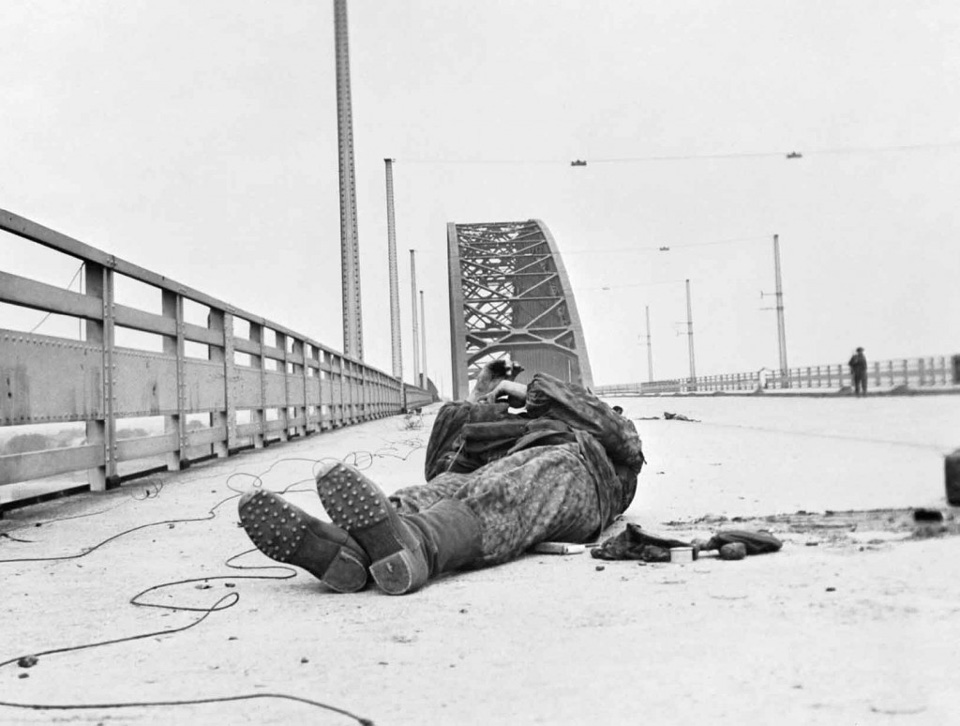 |
|
British Engineers Removing the Charge
|
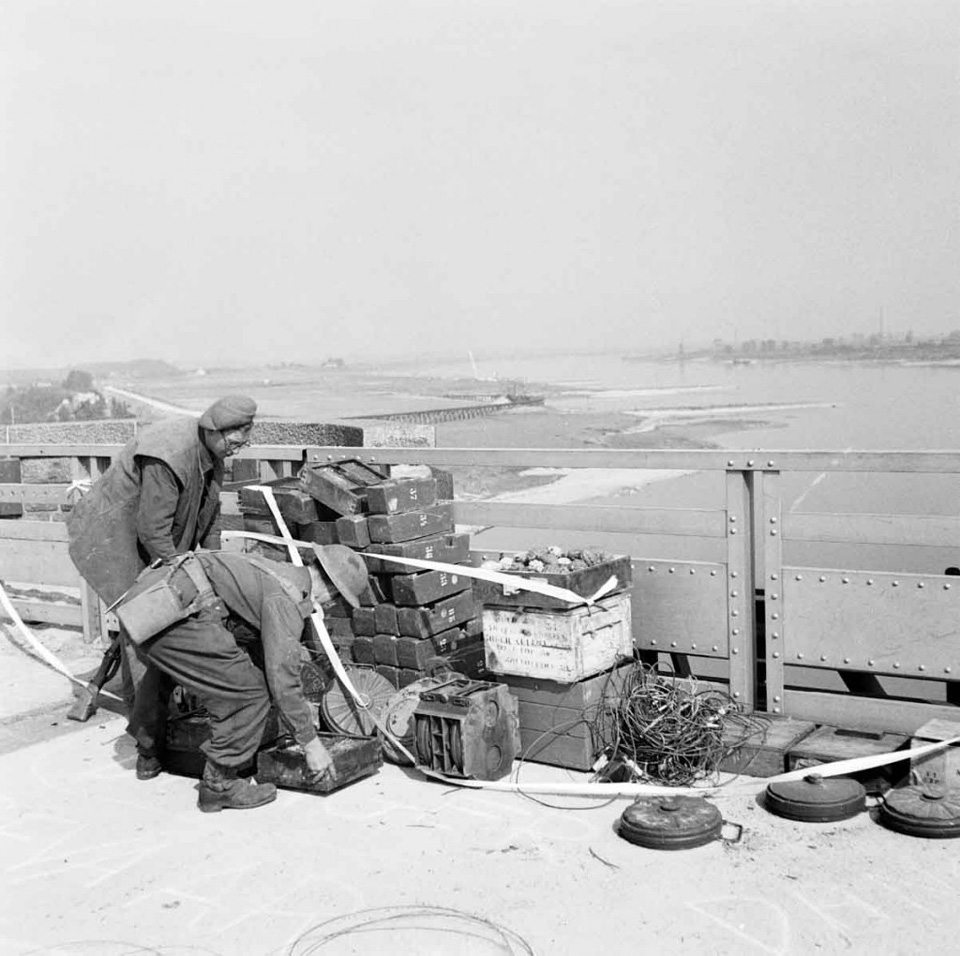 |
|
A 6-pdr Anti-tank Gun
|
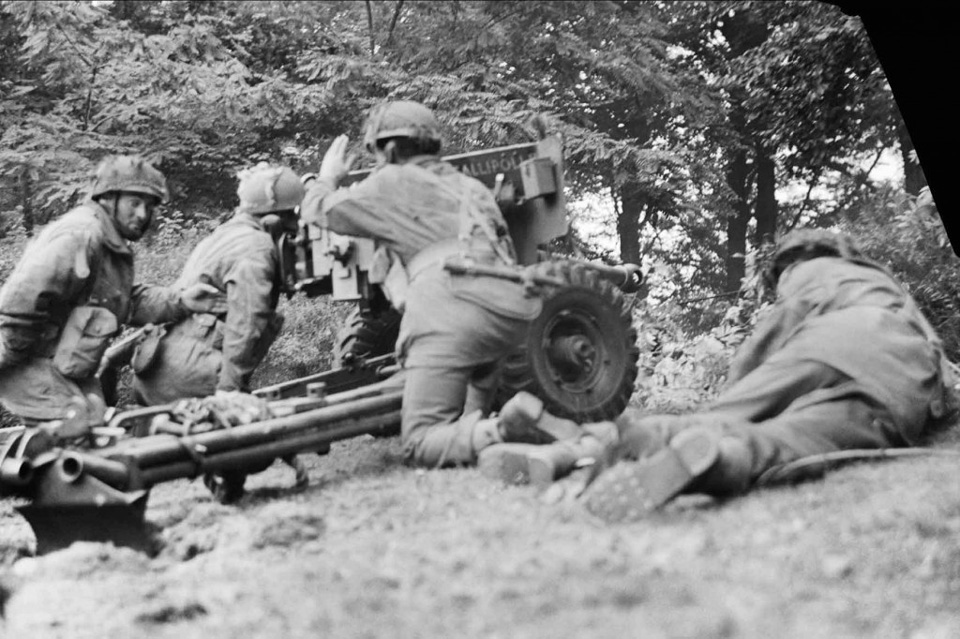 |
|
Convoy of Allied Trucks Under Fire
|
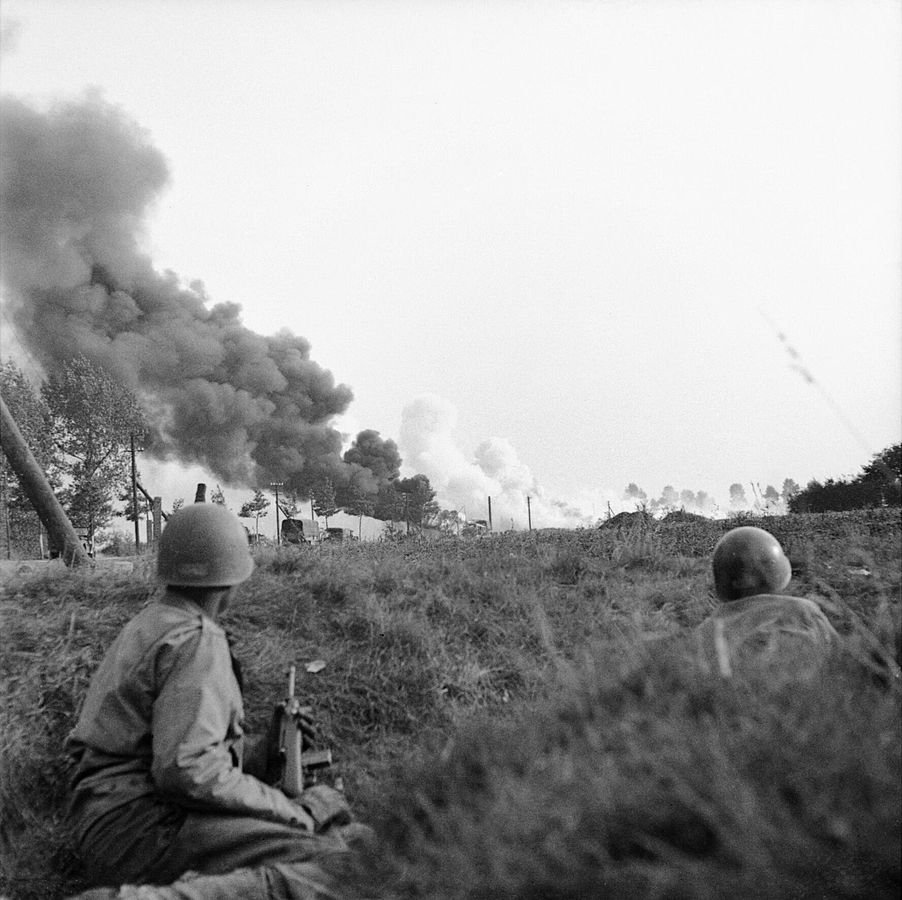 |
|
Oosterbeek Re-supply Drop
|
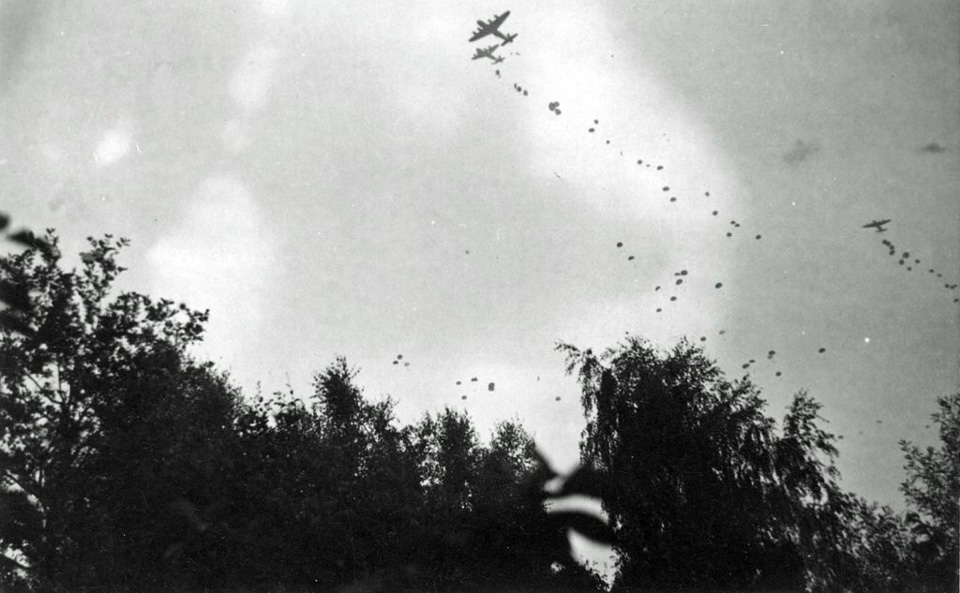 |
|
Armored Cars Move Forward
|
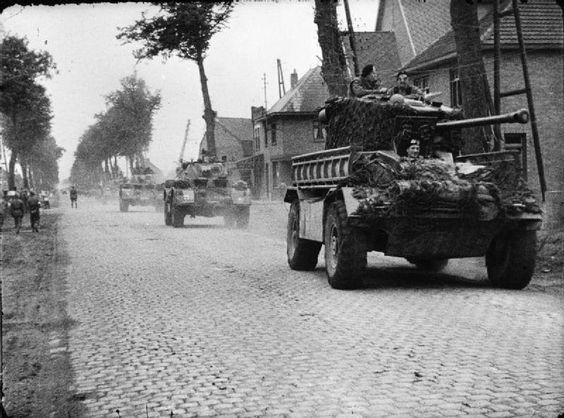 |
|
Crossing the Meuse
|
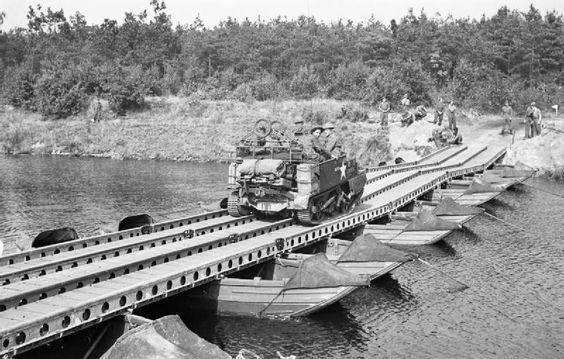 |
|
Nijmegen Road Bridge
|
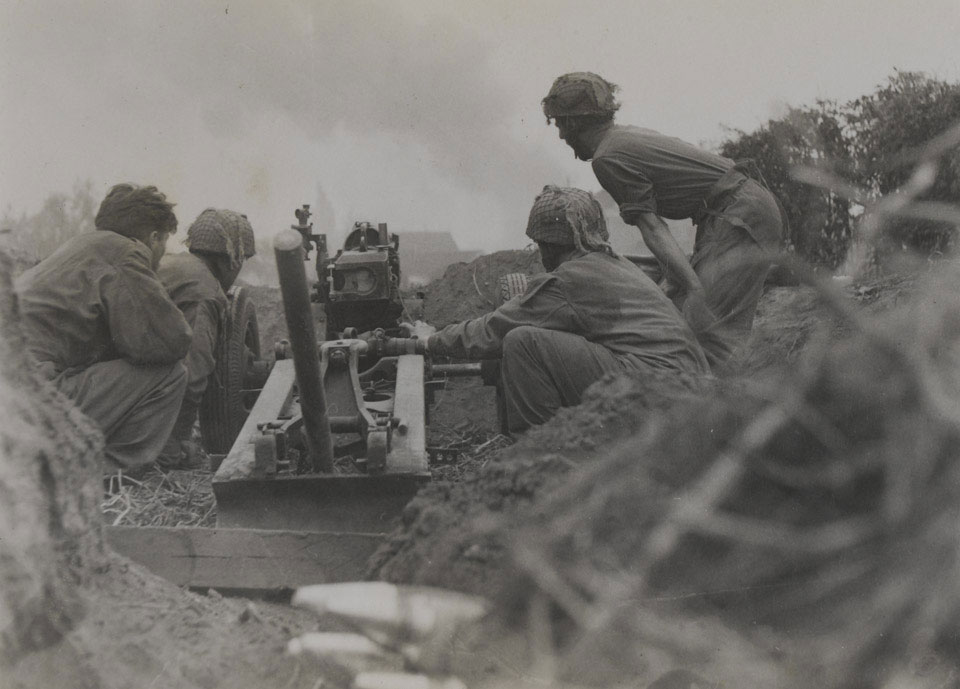 |
|












